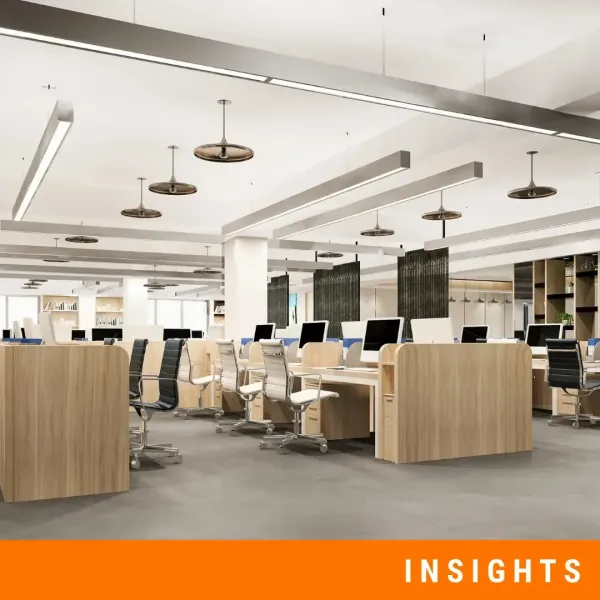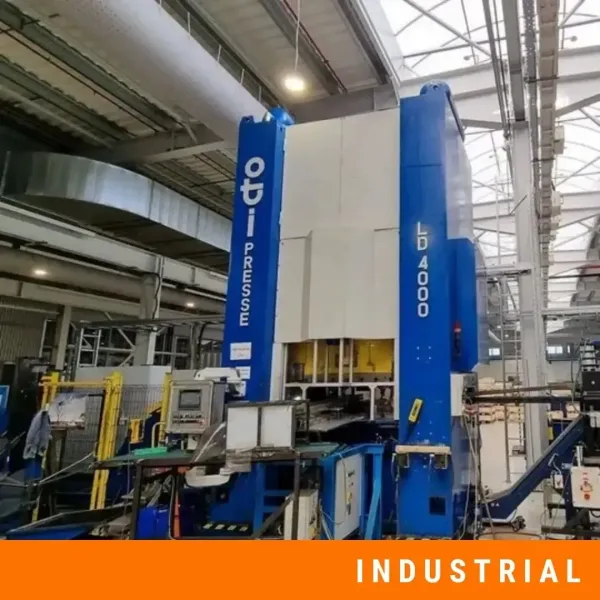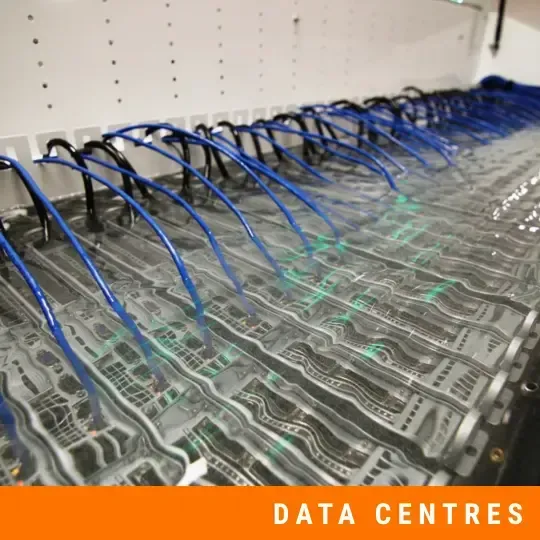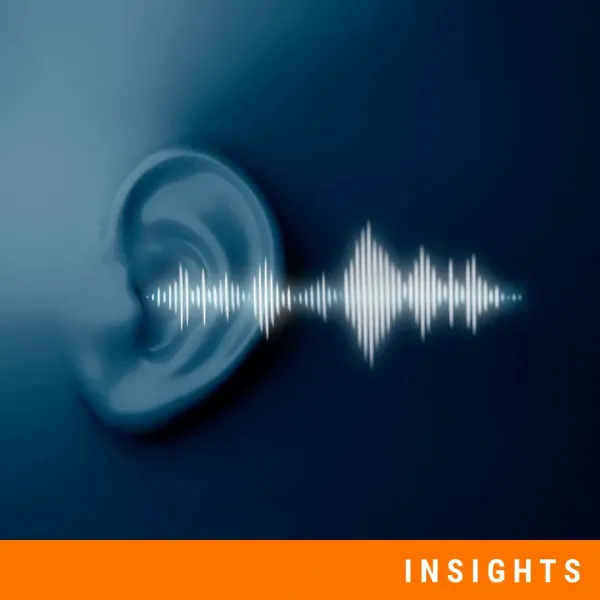How Noise Control Improves Accuracy in Laboratory Testing
Accuracy is crucial in high-precision labs. Even the smallest interference can affect the outcome, regardless of whether the goal is to detect structural changes smaller than a human hair or to measure a signal in microvolts. Noise control is equally important and far too frequently overlooked, even though temperature and humidity control often get priority.
There is more noise in a lab than just what we can hear. Sensitive instruments can be disturbed by vibrations from HVAC systems, footsteps in the hallway, or machinery operating in the room next door. In serious circumstances, these disruptions can make entire experiments useless.
The Link Between Acoustic Stability and Data Accuracy
Sensitive instruments detect more than just the target signal. They also pick up background disturbances. This means that unwanted sound waves or vibrations can distort readings and cause inconsistencies.
A 2021 study by the National Institute of Standards and Technology (NIST) found that measurement errors in precision labs can increase significantly when background noise exceeds 35 dB. In practical terms, that’s quieter than a typical office, but still enough to affect sensitive sensors and analytical equipment.
When acoustic stability is not maintained, the risks include:
- Data errors that require tests to be repeated
- Wasted time and resources due to rework
- Delays in research or production are impacting project timelines
- Higher operational costs from additional labor and material use
Noise in a lab affects equipment, and it also affects employees. Technicians and researchers often spend hours in focused tasks that require precision and mental clarity. Moderate background noise can affect the level of concentration.
The World Health Organisation (WHO) research shows that sustained noise above 55 dB can lower working memory performance and increase mental fatigue (WHO, 2018). In precision testing environments, this can lead to:
- Slower decision-making during critical procedures
- Increased error rates in data recording
- Reduced attention to subtle changes in instrument readings
In practical terms, this means a noisy HVAC system or nearby machinery could cause an experienced technician to miss a critical detail or make a small miscalculation that alters an entire experiment’s results. Over time, these small lapses can undermine the integrity of a lab’s work.
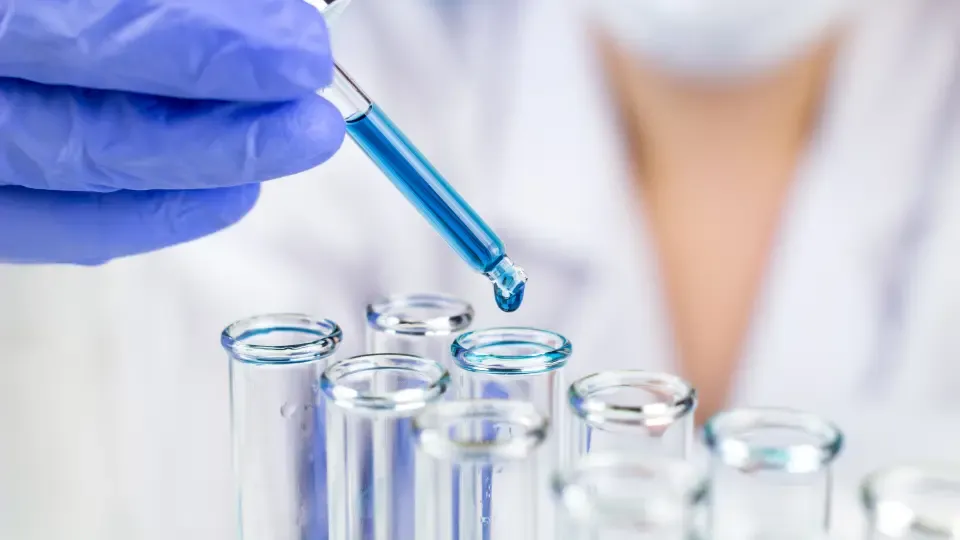
Common Noise Sources in Laboratory Environments
Noise in laboratories frequently comes from multiple sources. Recognising each type is the first step towards successful control. These sources can be airborne, structural, or a combination of the two, and each requires a custom response.
HVAC and Airflow Systems
One of the main causes of background noise in laboratories is air conditioning, heating, and ventilation systems. Although the continuous humming of vents, ducts, and air handling devices might not seem irritating, it produces low-frequency noise that is challenging to block.
- Turbulence in ductwork can send vibrations through ceilings and walls.
- Airflow can cause slight movement in lab benches or equipment, affecting stability in delicate measurements.
Building Structure and Foot Traffic
In large buildings, structural noise is easily transferred. Lab rooms in multi-story buildings may vibrate noticeably due to the movement of people, elevators, or equipment on other floors.
- Footsteps on hard floors can transmit through building frames.
- Heavy doors closing or trolleys moving in corridors can disrupt sensitive tests.
Equipment-Induced Noise
Many laboratory instruments generate both airborne noise and mechanical vibration.
- Centrifuges, pumps, and vacuum systems can reach noise levels that interfere with readings.
- Electron microscopes, atomic force microscopes, and other high-precision devices may be affected by even 30 to 40 dB of background noise.
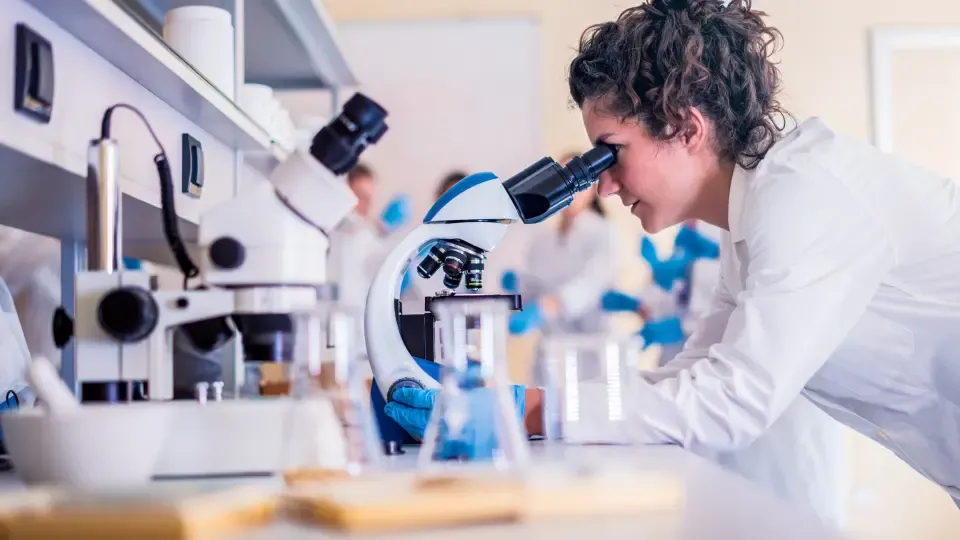
The Consequences of Poor Noise Control in Precision Testing
When noise is left unchecked in a high-precision laboratory, its impact spreads far beyond the sound itself. It begins with small deviations, slightly unstable readings, and a faint vibration in a microscope image, but these small issues quickly become costly.
The most immediate consequence is measurement inaccuracy. In fields such as metrology, semiconductor manufacturing, or pharmaceutical testing, even a tiny error can mean that entire batches need to be retested. This not only wastes time but can delay product release or research milestones.
Vibration and noise also take a toll on the equipment itself. Sensitive instruments often have moving parts or finely tuned sensors. Constant exposure to mechanical vibration makes wear-down time quicker, shortens the calibration cycle, and increases the likelihood of faults. Over a year, this can lead to a significant rise in maintenance costs and downtime.
Perhaps the most negative impact is on research quality. If results are questioned or there are failures, trust in the laboratory's skills can wane. For facilities that follow careful quality management standards or industry approval, a loss of trust can be as damaging as the noise issue itself.
Noise Control Solutions for High-Precision Labs
Effective noise control in laboratories is rarely a single fix. It requires a combination of acoustic absorption, vibration isolation, and mechanical noise reduction. The goal is to create an environment where both instruments and people can perform at their best.
Acoustic Treatment for Walls and Ceilings
Airborne noise is often amplified by reflective surfaces. By installing mesh acoustic panels on walls and ceilings, laboratories can reduce reverberation and keep background noise stable. This improves measurement reliability and allows technicians to detect subtle changes in instrument behaviour.
Anti-Vibration Isolation for Equipment
Some of the most disruptive noise comes from vibration travelling through floors and benches. Using SMR spring mounts or vibration isolation platforms under equipment prevents mechanical noise from affecting sensitive instruments. In high-precision labs, floating floors or vibration-damped benches can make the difference between a valid and a compromised result.
HVAC Noise Mitigation
Heating, ventilation, and air conditioning systems should be designed with noise reduction in mind. Acoustic duct liners, silencers, and vibration isolators help stop noise before it reaches the lab. These solutions are especially important when HVAC units are mounted on the same structure as testing rooms.
By combining these strategies, labs can address both airborne and structural noise, ensuring stability for current work and adaptability for future projects.
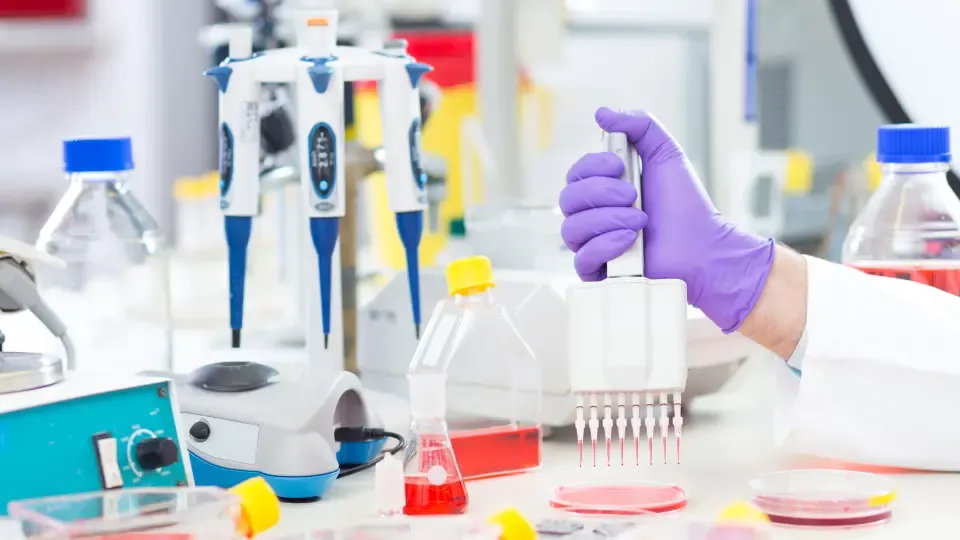
Standards and Guidelines for Laboratory Noise Control
Noise control in laboratories is not only about performance, it is also about meeting recognised health, safety, and quality standards. These guidelines ensure that both human operators and sensitive instruments work within optimal working conditions.
Recommended Noise Levels
- ASHRAE and ANSI recommend noise criteria between NC-15 and NC-25 for high-precision laboratories. This equates to approximately 25-35 dB, depending on frequency content.
- The World Health Organisation (WHO) advises keeping noise below 35 dB in environments that require sustained concentration.
Maintaining these low levels is critical, as even brief exposure above them during testing can distort results.
Compliance Planning
The most effective way to meet these standards is to plan for acoustics during the design phase of the laboratory:
- Use predictive acoustic modelling to find problem areas before building.
- Choose low-noise equipment and HVAC components.
- Incorporate isolation mounts, acoustic panels, and structural damping into the build.
Regular sound level monitoring should follow installation to ensure continued compliance and identify issues before they affect operations.
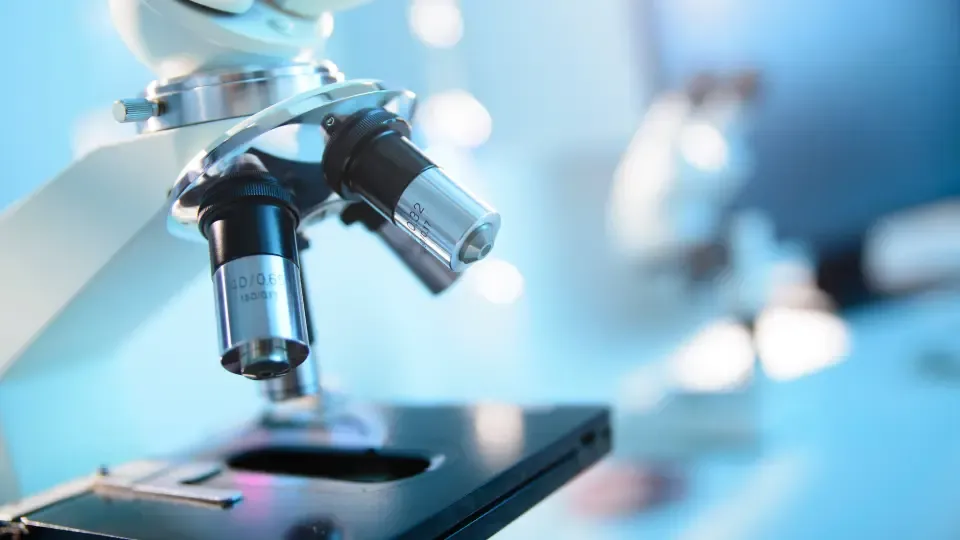
In high-precision laboratories, every detail matters. While temperature control and cleanroom protocols are often top of mind, noise control is just as essential. Without it, even the most advanced equipment can deliver unreliable results, leading to wasted resources, delayed projects.
A quiet, stable environment safeguards the accuracy of testing and extends the lifespan of sensitive instruments and supports the concentration of skilled staff. It is an investment that pays off in operational efficiency, reduced maintenance, and a stronger reputation for quality.
If you are designing or upgrading a high-precision testing facility, DECIBEL’s acoustic specialists can create tailored noise control and anti-vibration solutions that protect your results, your equipment, and your team.
Contact DECIBEL today to make sure your laboratory is acoustically optimised for peak performance.
